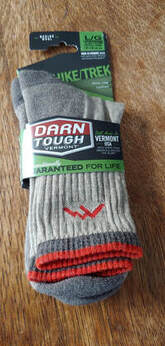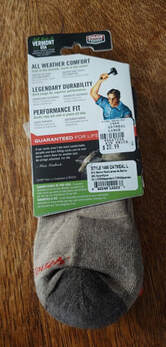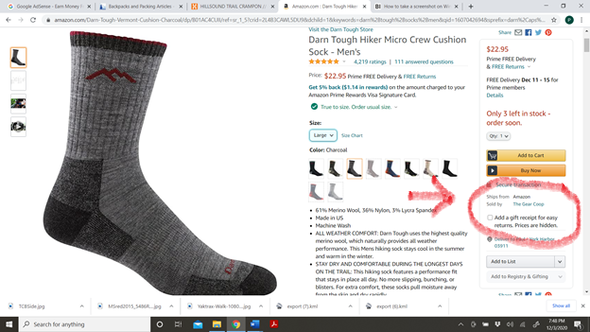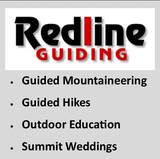|
While perusing Amazon.com a few months ago, I noticed a bargain offer for a 6-pack of Darn Tough men’s wool running socks. Most of you are probably familiar with Darn Tough—a Vermont industry that revolutionized the durability of the outdoor-play sock by tightening the weave and thread count and simultaneously offering an unconditional lifetime guarantee—if you are unhappy with them, for any reason, at any point in the life of the sock, they replace it. The socks are produced by parent company Cabot Hosiery of Northfield, Vermont and are made exclusively in the USA. Before Cabot Hosiery invented the Darn Tough line, they were losing business to overseas sock makers and were in decline. Instead of fading away (as so many clothing mills in New England have) they adapted and innovated, coming up with a “darn tough” sock that “wouldn’t wear out” and successfully marketed it to those who would appreciate it most—the outdoor gear consumer (and later the U.S. military). The socks are made of fine Merino wool and are manufactured to the highest of standards. They will wear out eventually of course (nothing lasts forever, not even the mountains) but they do hold up a lot longer than any other brand on the market without any sacrifice in comfort.
I was able to return the fakes to Amazon at no cost but my trouble (Darn Tough, being the stand-up company they are, even offered to replace the counterfeits at no charge if I did not get satisfaction from Amazon) and I followed up by buying several pairs directly from Darn Tough (which made me feel better about my purchase for a number of other reasons, too). Although I spend a lot of time in the woods I’m not so reclusive that I don’t follow the news—I was aware, albeit peripherally, that there exists a lucrative global counterfeit industry (a multi -billion or trillion dollar criminal industry according to the U.S. Department of Commerce). But I had mistakenly assumed that most of those rip-offs target big, universally recognizable brands: Nike, Adidas and the like. Apparently that isn’t the case—and clothing, when you come to think about it, isn’t hard to rip off—sweatshops in foreign countries already routinely churn out genuine product blessed and outsourced by our well-loved major brands; there is no reason they can’t churn out fakes just as easily. So, how does one avoid getting ripped off? Here are some take-homes distilled from my experience:
0 Comments
Leave a Reply. |
TOPICS
All
Humor (The Parsnip)

|
Proudly powered by Weebly



 RSS Feed
RSS Feed
